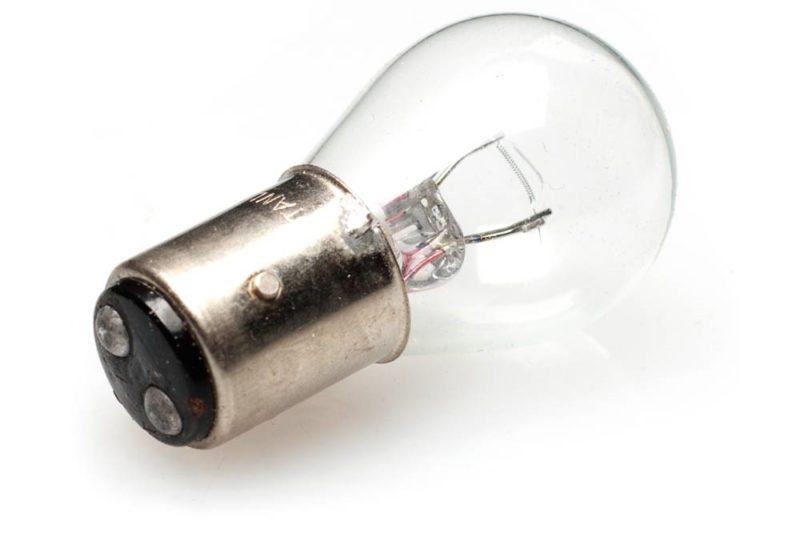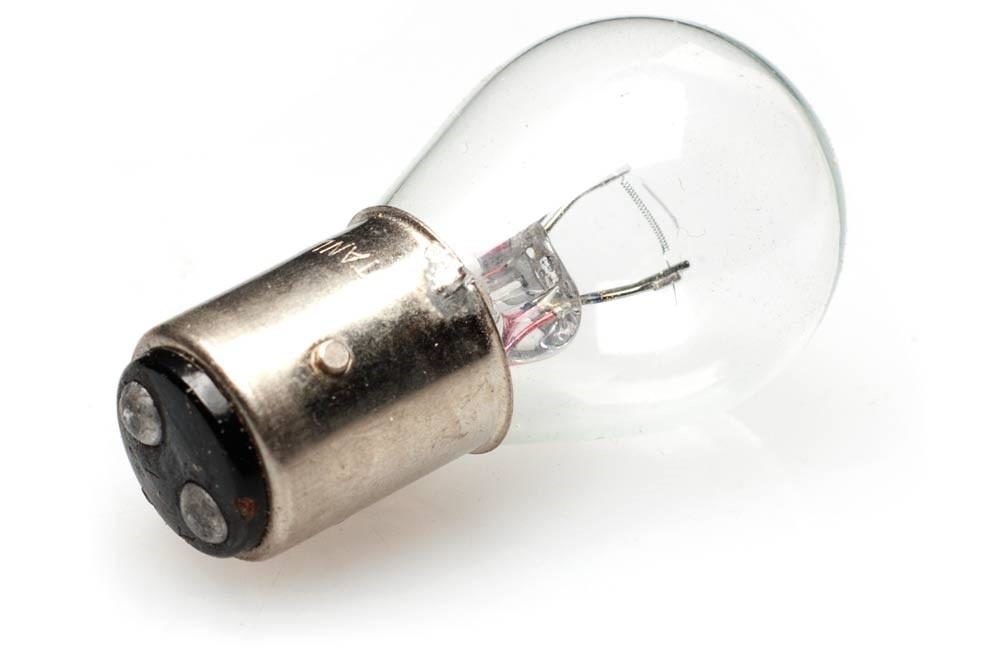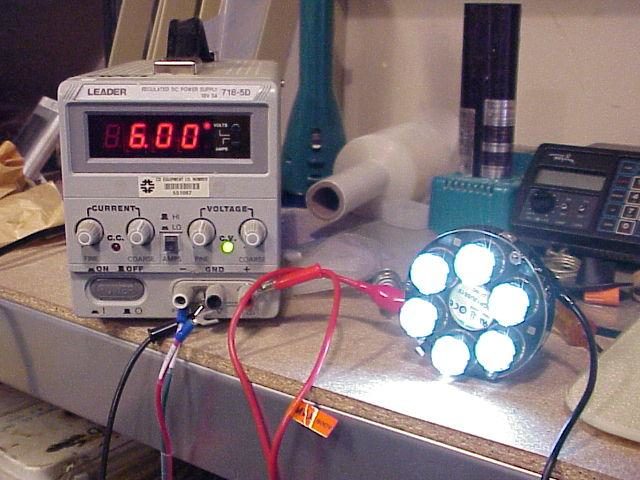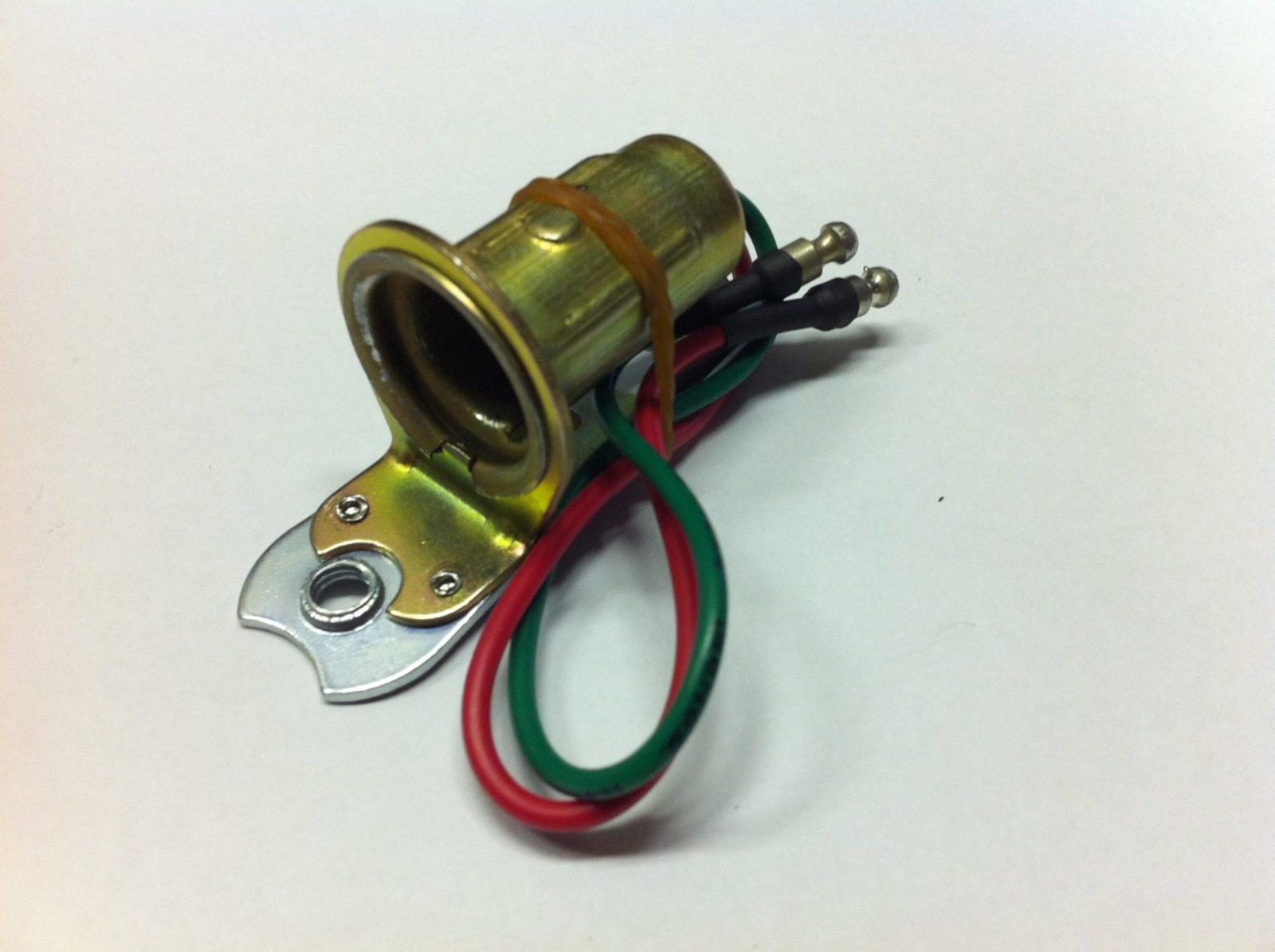Motorcyclists and motorists once groped through the darkness. The then common 6 V lighting provided mood lighting and made sure that you were seen at its best. The transition to 12 V had all kinds of technical reasons, but a very nice side effect was that an 12 V installation provided more light on the road. The arrival of Halogen lighting brought even more light into the darkness. And now we have LED lighting. And Xenon.
Let there be light!
Machines from the years 50-60 generally still had 6 V lighting. Because in the years that followed, when 12 V became the norm, it was still used as normal - after all, they were not classics - conversion kits from 6 to 12 Volt soon arrived. And when the Halogen lamps came to the middle class from the high end of the market and the rally driving company? Then you could let a deep silence fall on a birthday by saying: "But of course that's not a problem for me, I have Halogen." Meanwhile, LED lights are the most normal things you can imagine. Almost all of them come from China and cost as little as they use electricity.
This makes LED lighting a fun, fun technical gadget for many classic riders to have lighting with minimal load on the vehicle's network. And whether that original is justified?
Upgrade. Is that allowed?
Oh well, it is an adaptation to current events, just like the 6> 12 V conversions or the proud installation of halogen lamps and reflectors. In addition, the modification does not require structural alterations and is easy to 'rebuild' to factory specifications.
But whether all those handy or smart adjustments are needed with our classics? They were once sold new and at least they did well enough then.
During the current phase of their lives they have it easier than in their youth. In their 'ex-factory condition' they must therefore be able to meet the challenges of a luxurious classic life.
And perhaps that is why it is simply a matter of respect to let such an 6V installation proudly do its work, in which high beam is almost as impressive as the light of a lamp on a bedside table.
Give your classic its limitations. And think about what a good-looking older lady Patricia Paay could have been if she had not always been technically upgraded.











The comparison with Patricia Paay is great hahahaha. You're just right, that girl could just have grown old… ..
But the outside world sometimes forces other measures. Some somewhat less social fellow road users seem to be out to see your braking oldtimer brake and go full on it. Very pathetic. That is why I am currently looking for a historically responsible third brake light with a solid 6 volt power LED lamp in it to give my action 'I am braking boys' a clear added value to the rear.
I have already made a small concession by mounting power LEDs in the hole in the headlight reflector in front of the city light. Gives fresh white present light when driving at dusk or just during the day, but then I usually don't have them on.
Greetings, honorable old-timers,
Roland Oomens
Breda
Ford Prefect E93A from 1948 (see http://www.doos14.nl)
I can already mention a major disadvantage of modern car lighting: blinding of oncoming traffic. On the bike it is just dangerous, I have already driven into the roadside, but I also hate it in the car.